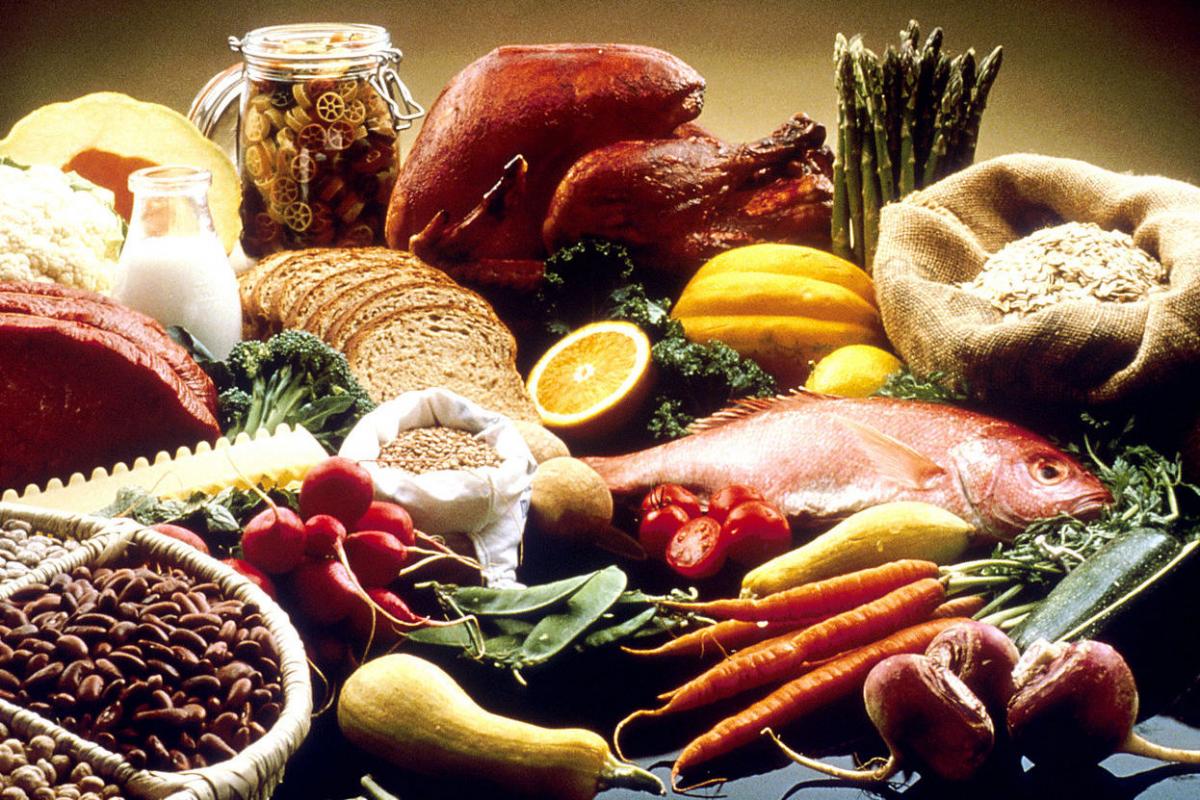Y: Okay Don, imagine we're doctors. We're seeing a patient that has Type 2 diabetes, high blood pressure, and high cholesterol. What do we recommend?
D: Aren't those conditions usually associated with obesity? We'd tell the patient to try losing weight, right?
Y: Except there's a twist. This patient is skinny: 120 pounds, 5 feet 7 inches.
D: You've stumped me.
Y: Well, don't feel bad. It stumped a lot of doctors, too. They'd see or hear about someone who had all these conditions associated with excess fat, but who didn't have an ounce of extra fat on their bodies. These patients would also report always feeling hungry, and being able to eat seemingly endlessly. It turned out they had a rare genetic disorder called lipodystrophy, which causes an abnormal lack of fatty tissue.
D: But what's the connection between lipodystrophy and obesity? How can they lead to the same conditions?
Y: Scientists discovered the connection is the lack of fatty tissue. For obese patients, the lack occurs because all their fatty tissue is already storing fat. For a while, a person just keeps gaining weight, but when their fatty tissue reaches its limit, the body tries to store new fat which comes from excess food in whatever other organs it can. So the fat goes to places such as the liver, heart, and pancreas. That essentially poisons the body, resulting in the conditions we talked about a minute ago. Patients with lipodystrophy just don't have enough fatty tissue to begin with. So any excess food they eat turns into fat that rushes straight to places such as the heart and liver.
D: I'd never have guessed that. Lucky for everyone, I'm not a doctor.










